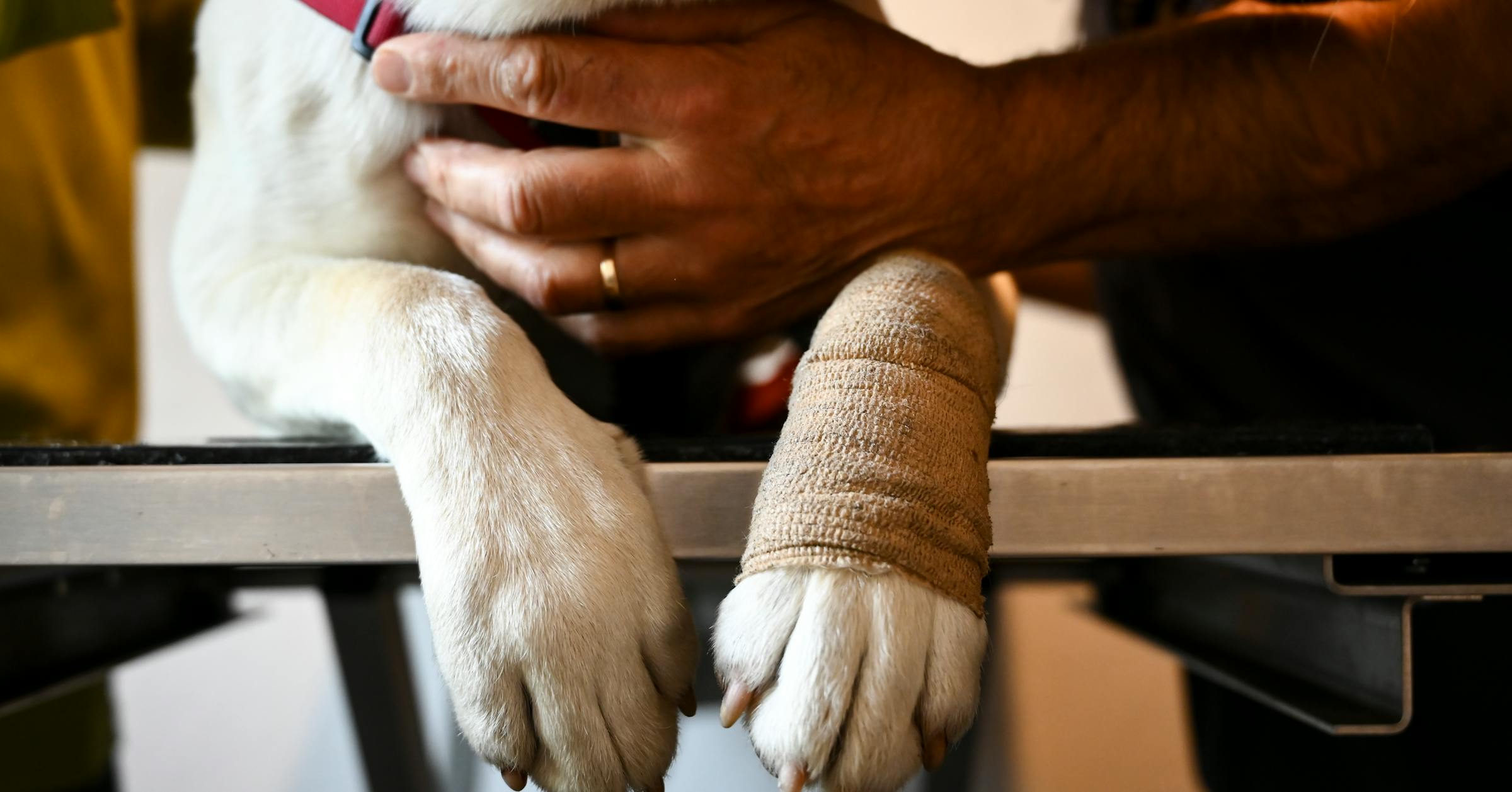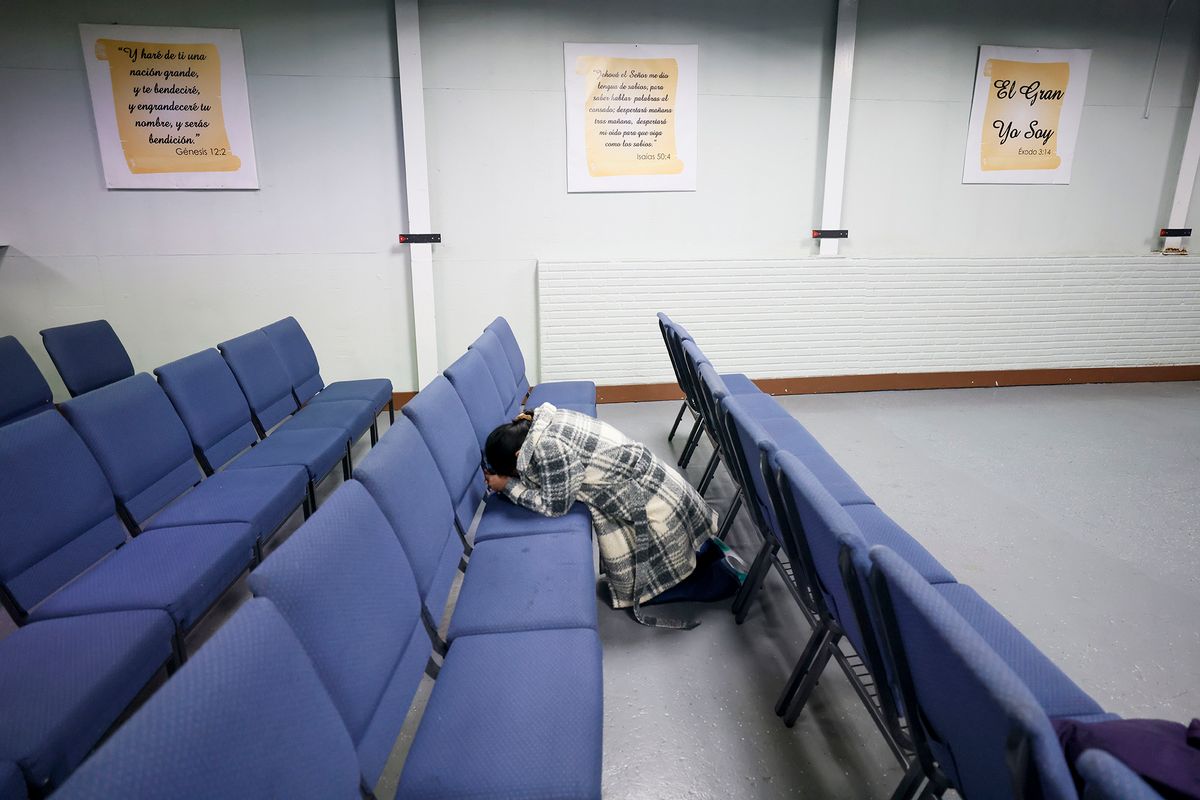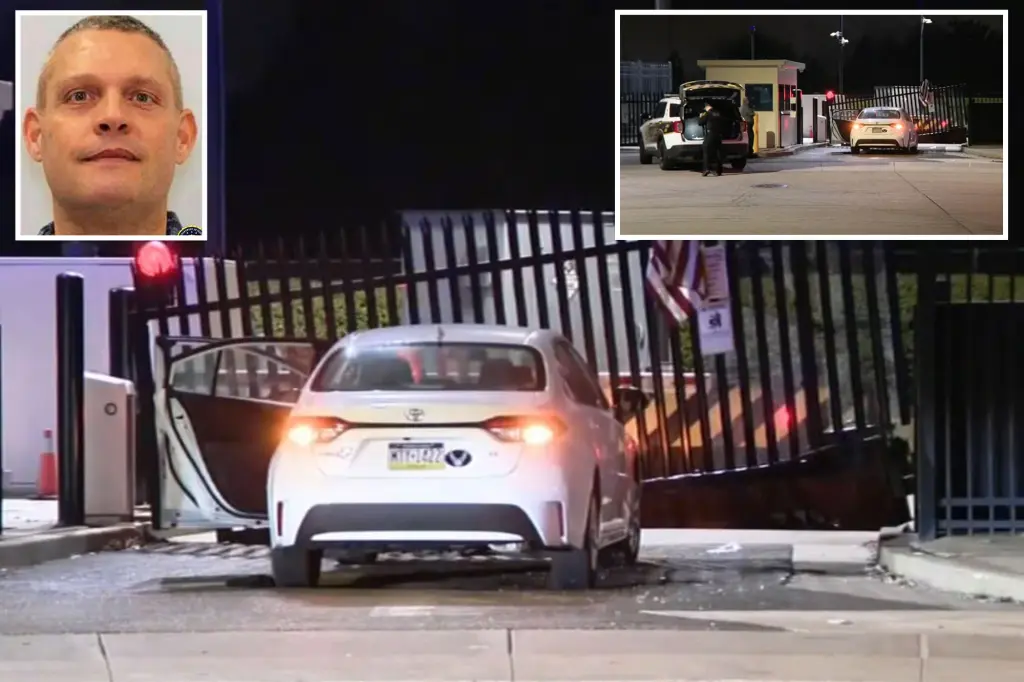
Our adorable chihuahua-terrier mix Daisy needs two things to survive: love and food. She will do anything to get these precious commodities, even if it kills her.
One late Monday evening last spring, a precariously perched bag of chocolate chips took a dive from the top shelf of our pantry. The chocolate was safely sealed inside a storage bag. On this day, however, Daisy decided she was not a pea-brained dog who runs into walls, but a criminal mastermind capable of opening Ziplocs like a velociraptor.
By the time our teenage son heard the fervent mastication of dog on chocolate, our 10-pound pet was 5% Nestlé Toll House. Soon, she became very sick with a dangerously high heart rate.
We learned a lot that day. For instance, you should always keep lots of paper towels in your car. No, more than that. Additionally, chocolate dog barf is bad but probably the best kind. We also learned that emergency veterinary care is difficult to find in rural Minnesota, expensive, and only available to people who can afford to drive across the state at a moment’s notice.
The good news is that with medication and observation at a Duluth emergency veterinary hospital, Daisy made a full recovery. The bad news is that finding solutions for the challenges we encountered is much harder than it would appear. Pets, and people, see worse outcomes because of our continued failure to address disparities in rural care.
The problems facing rural veterinary care are not new. They were detailed in a 2023 Star Tribune editorial, along with potential solutions. But rural veterinarians say not much has improved since then.
“As vets, we struggle because we have compassion for pets and we want pets to get the care they need,” said Dr. Andy Piller, a veterinarian at the Bemidji Veterinary Hospital. “You don’t leave your shift and forget about your patients and the pets out there getting hurt.”
Piller’s clinic is like many veterinary practices now, including our regular clinic in Grand Rapids and most in rural Minnesota: It no longer offers 24/7 on-call emergency care. Instead, it refers after-hours emergencies like ours to specialized veterinary hospitals in Fargo, the Twin Cities or Duluth.
Piller said the logistics of staffing emergency care in a small town or rural city became too difficult. And vets themselves generally prefer working in metro areas, closer to the places where they trained and where spouses can also find work. With fewer small farms keeping a wide variety of animals, farm vets are also more centrally located.
These run parallel to the same reasons many humans struggle to find and keep doctors and medical providers, not only in rural Minnesota but statewide.
“It’s a staffing issue,” said Piller, who noted the difficulty in returning to longer hours after the COVID pandemic. “When you look at a hospital that’s open 8 to 5, if you want to provide on-call or emergency services, now you’ve got 24 hours to fill. That’s almost two shifts overnight.”
Such services require not just a veterinarian, but support staff like veterinary technicians as well. Piller said vet techs are the skilled equivalents of registered nurses for human patients but receive far lower pay. This makes it harder to schedule them late at night or retain them over time. He said wages are improving but still trail what RNs make.
Attracting veterinarians to rural communities is exceedingly difficult, another problem that mirrors the challenge of human care. Offering more money can help, if it’s possible, but Piller said that money alone doesn’t bring in the talent.
Then there is the cost problem. Emergency vet care is expensive. When we rushed Daisy to the emergency hospital, we had to make a down payment of $2,300. That amount would have been impossible for us to pay when we were younger, and it remains out of reach for most families today. The final bill was $1,800 — more than five times what it cost to adopt Daisy from the shelter.
Piller said the high costs stem from improving technology and medications that have amazing lifesaving benefits but cost more than most clinics can afford. In the past, vets would leave recuperating pets in the hospital alone overnight, but now it’s expected to have someone observing the patients.
He also said that most pet owners have health insurance for themselves, which shields them from the actual costs of their own day-to-day care, prices that aren’t that different from animal care. Most people don’t buy pet insurance, so they see the entire bill.
Piller tried to organize a regional collective of rural vet clinics that would be willing to stay open for emergencies on a rotating schedule. Unfortunately, he couldn’t find enough willing vets.
For now, Piller is doing what he can at his clinic by offering urgent care hours from 8 a.m. until 8 p.m., Monday through Saturday. They can’t solve bigger emergencies but can help with diagnosis and treatment of prickly problems like porcupine quills and minor infections.
If rural communities want to regain their emergency vet care, they’re going to have to become more engaged with the costs and climate that deter providers. The same is true of human health care, too. It’s just another example of how we must fight for our communities with the same determination of a dog in pursuit of a forbidden snack.



